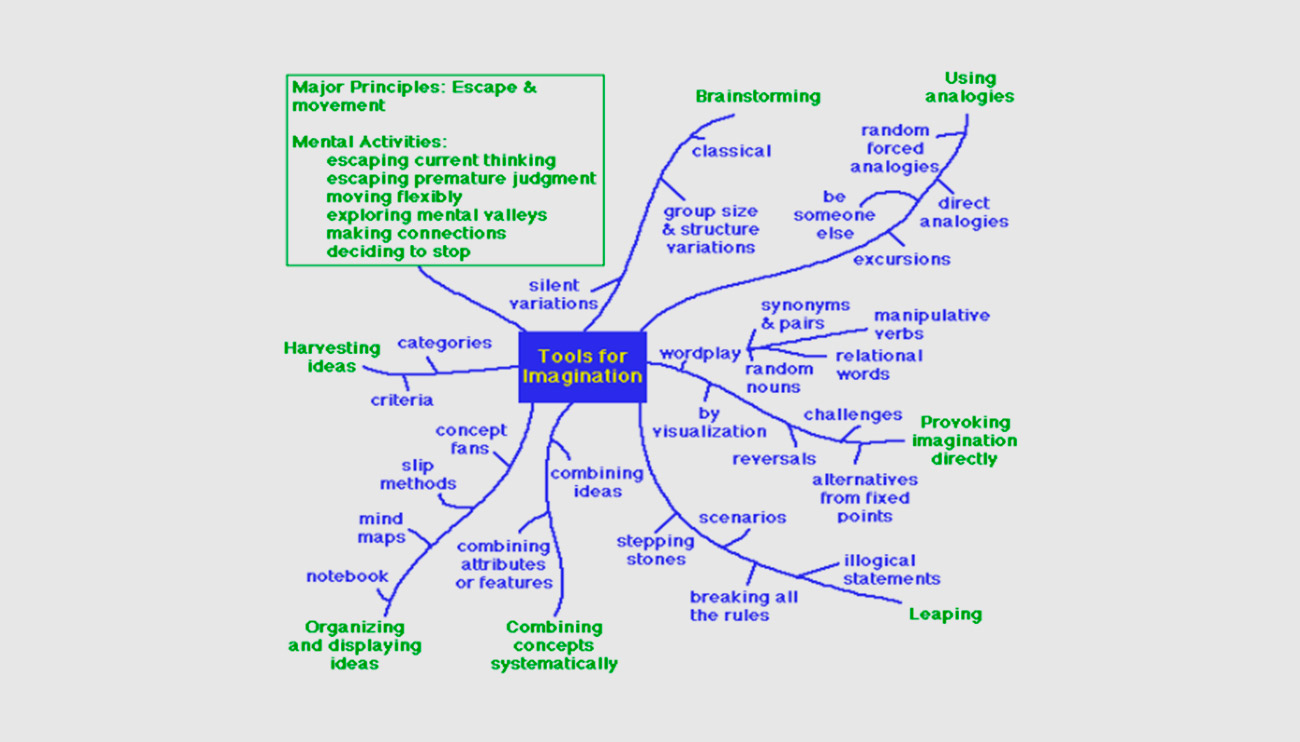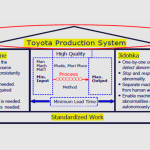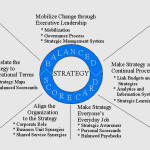
Tools for the Imagination
In a Nutshell
The keys to imagination are captured in the mental actions of:
- escaping the confines of our current thinking on a topic
- escaping premature judgment and the desire to satisfice
- moving flexibly in thought through connected mental valleys
- exploring these connected valleys
- making additional connections to even more concepts
- deciding to call an end to idea generation and move on to harvest the best ideas for more processing
The tools we need are tools that support these activities. ¹ We will look at several examples of tools from the creativity literature, but anything that helps us accomplish one or more of these six mental activities will help us to be more imaginative in our thought. There are hundreds of tools in the literature that support creative imagination. The loose classification scheme below brings some order to this seemingly chaotic array of methods. The headings at the end of each spine on the diagram describe major categories of tools. The items coming off the spines represent subsets of tools under each category.
Brief Descriptions of the Tools for Imagination
Brainstorming
- the classic rules of brainstorming are necessary, but not sufficient, conditions for generating novel ideas; supplement your brainstorming sessions with more focused tools for stimulating the imagination
- prior preparation and subsequent processing are important, but typically overlooked, parts of brainstorming
- there are many useful variants of classic brainstorming; try anything that you can think of that does not contradict Alex Osborn’s four rules and that seems to meet your group’s needs.
Using Analogies
- identify analogies through thoughtful pre-selection (direct analogies), on-the-spot random selection (forced analogies), imagining other places (excursions), or imagining other people (be someone else)
- analogies are not a puzzle, there is no right answer
- analogies seem to work best initially in very small groups; break large groups into pairs to get the ideas flowing
Provoking Imagination Directly
- these tools can be a fun, easy way to get people started in Directed Creativity
- keywords, synonyms, manipulative verbs, prepositions, conjunctions, and nouns provide mental starting points for imagination
- photographs, videotapes, physical objects, doodles, and drawings also provide mental starting points for imagination
- if you typically think of something as going in one direction, try reversing the direction; consider reversing performance indicators, relationships, assumptions, and processes
- when looking for creative alternatives, it is useful to back up and explicitly identify the fixed concepts
- in a creative challenge, we are not seeking an argument or logical explanation, we are searching for fixed concepts from which we can generate
- refrain from premature negative judgment; be positive, keep moving
- laughter and initial puzzlement may be signs that you are exploring mental connections that are rarely explored; there may be significant creative possibilities
Leaping ²
- “po” is a useful shorthand way of signaling to others that you are about to suggest a creative leap; there does not need to be a reason other than to stimulate imagination
- we can leap over time, space, reason, and rules to explore the worlds on the other side
- you do not have to dismantle every rule or past pattern in order to be creative; it is enough to simply explore the world beyond the rule
- the biggest challenge is getting people to take leaping seriously
- it may help to approach creative provocations as though they were wisdom statements from Eastern philosophy; challenge your mind to uncover the hidden wisdom
Combining Concepts Systematically
- make a multi-dimensional list of alternatives, and then systematically make combinations from the items on that list
- these tools appeal to strongly analytical people; therefore, they can be a good entry point for teaching others the methods of Directed Creativity
Organizing and Displaying Ideas
- organizing and displaying the ideas may trigger more creative ideas
- helps transition to next steps of analysis, evaluation, and action planning
- notebooks and idea capture worksheets are simple, straightforward means for organizing and displaying ideas
- slip methods, storyboards, affinity diagrams, and mind maps are alternative means for organizing and displaying; choose the methods that you like best or that your organization is familiar with
- a concept fan is a powerful tool for displaying ideas along with the fixed points from which they emanate; it is a systematic way to both organize the ideas and stimulate more (click here for more explanation and an example)
Harvesting Ideas
- a rough sort based on feasibility and to identify any areas for a final round of idea generation; we are not making major decisions or commitments at this point
- generation groups themselves, or by a separate group convened specifically for harvesting; if you have hundreds of ideas generated by several groups over time, the separate harvesting group is probably the best approach
¹ Adapted by Directed Creativity and Strategy Associates from Creativity, Innovation, and Quality by Paul E. Plsek (1997: Quality Press). You'll gain new insights on how to use creative thinking and innovation to advance the practice of quality management in today's organizations. This book targets the needs of individuals engaged in quality management activities and enables them to incorporate new skills into their daily work. The author presents a serious study of creativity and innovation targeted at the needs of professional engaged in quality management activities. It will appeal to even the most analytical thinkers in quality.
² Creativity, Innovation, and Quality clearly articulates five reasons why practitioners of quality management should be interested in innovation and the three central principles that underlie all the tools of creativity. Once you know the principles behind the tools, you can generate your own methods for creative thinking that are uniquely suited for your specific needs. Added features of the book include: a theory section that will be helpful for proper application of the tools and methods, chapter summaries as well as thought-provoking lists to make application easier. The results from the study of creativity and innovation debunks many common stereotypes about creative thinking.
Source: http://www.directedcreativity.com/pages/ToolsImagine.html#Brainstorming


